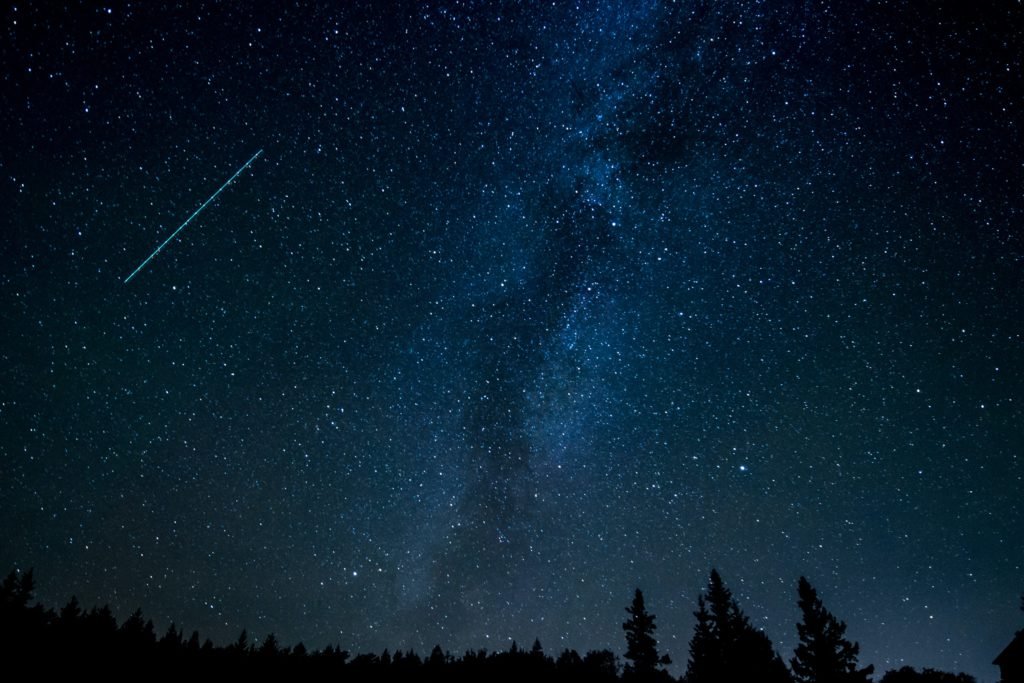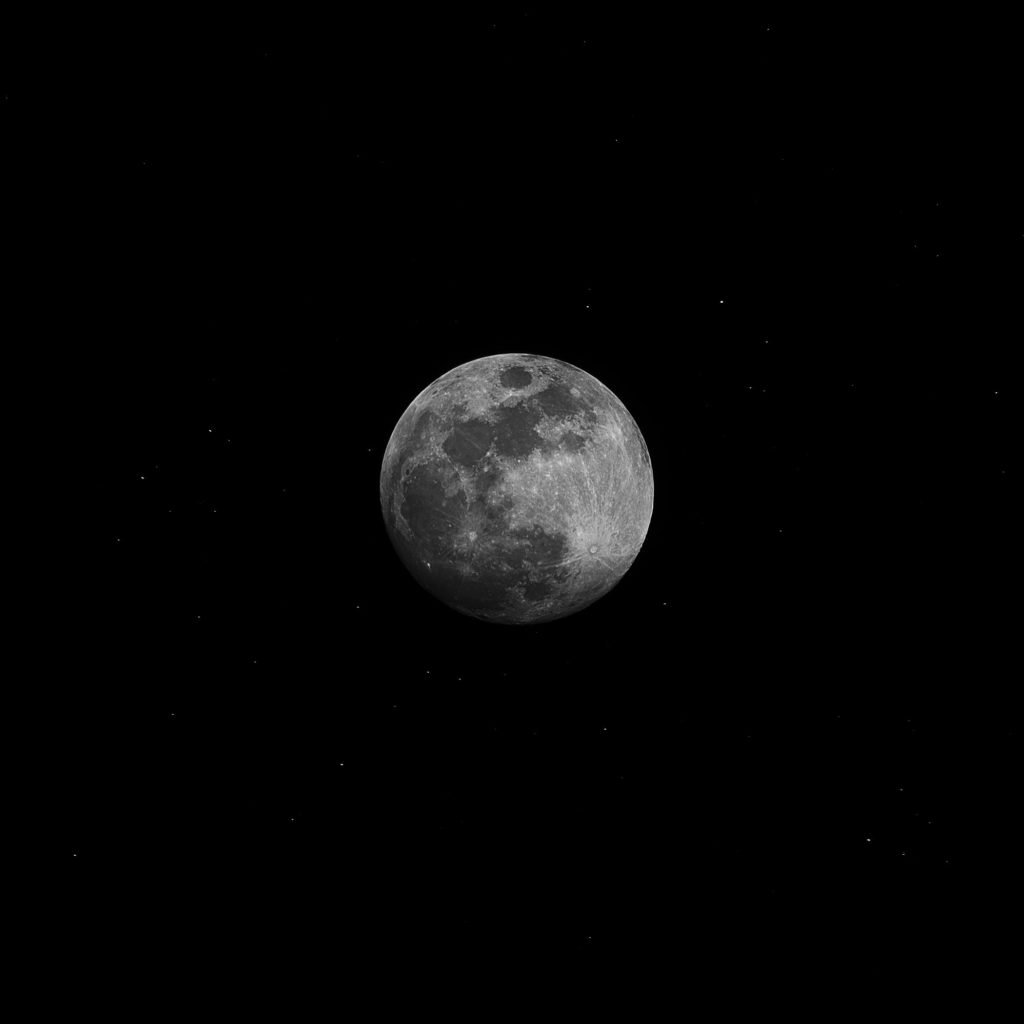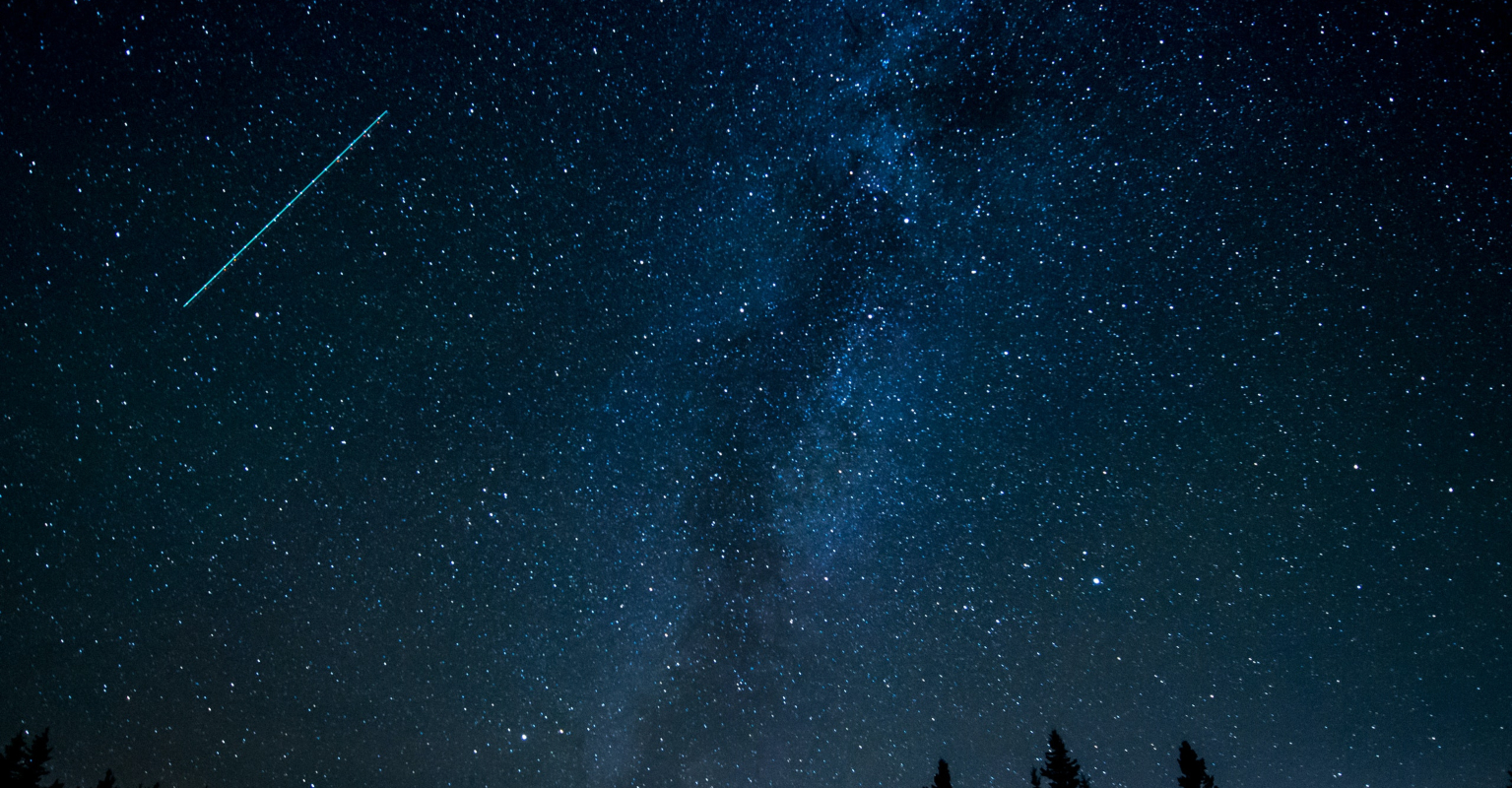Incredible 'fireballs' will light up the night sky over the next couple of days in wonderful news for stargazers and space enthusiasts.
Per CNN, the Northern Taurid meteor showers have been spotted in the sky since October, but the yearly shower is set to peak tonight, on November 11, and tomorrow, November 12.
Take a look at this remarkable footage of a full Hunter's moon rising:
[[jwplayerwidget||https://content.jwplatform.com/videos/MwGAxt1j-Q0L14jDU.mp4||MwGAxt1j]]
According to Bill Cooke Jr., head of NASA's Meteoroid Environment Office, Earth will be going through the densest part of the debris stream of comet 2P/Encke, which gives rise to the Northern Taurid meteor showers, at this time.
Cooke revealed that stargazers can anticipate the prospect of seeing roughly five fireballs per hour on the peak nights of November 11 and 12. Despite their dramatic name, CNN reports that the fireballs pose no risk to watch.
Fireballs are, in fact, meteors that shine brighter than Venus - itself the brightest object in the night sky other than the moon - Cooke said. According to Robert Lunsford, the meteor society's fireball report coordinator, fireballs tend to last for a second or two. In comparison, the average meteor will last for just half a second.
 [[imagecaption|| Credit: Pexels]]
[[imagecaption|| Credit: Pexels]]
"I remember sitting at my telescope, and the ground just lit up," Lunsford said, per CNN. "I looked up fast enough to see the meteor shoot by."
Meanwhile, Cooke, who now sees Taurid meteors through NASA cameras, revealed that he once caught a glimpse of one when he was younger and out trick-or-treating:
"I was 13 so I was an obnoxious little teenager, and I saw a very bright Taurid fireball, and I thought that was a really cool thing to happen on Halloween," he said.
[[twitterwidget||https://twitter.com/spann/status/1324028685817663488]]
It has been an exciting time for stargazers and space enthusiasts of late. Indeed, on Halloween a rare full 'blue moon' lit up the night sky.
NASA explained that October 2020 is a "Blue Moon" month with two full moons occurring in the space of a four-week period, with the full Harvest Moon having already happened on October 1.
But this "Blue Moon" was truly something to be commemorated. That's because the 2020 Halloween full moon was visible from anywhere on the planet, rather than just for parts of it, for the first time since World War II.
 [[imagecaption|| Credit: Pexels]]
[[imagecaption|| Credit: Pexels]]
Writing on the subject on his educational site When The Curves Line Up, astronomy educator and former planetarium director Jeffrey Hunt stated:
"The 2020 Halloween Full Moon is visible in North America and South America, and most of the globe, except for regions west of the International Date Line, such as Eastern and Central Australia, New Zealand, Papua New Guinea, Guam, and eastern Russia.
"The Halloween Full Moon occurs in all time zones eastward from the Prime Meridian through Europe, Africa, Asia, India, Indonesia, Korea, and Japan to western Australia.
"It occurs eastward to GMT+8 hours, with daylight time and GMT+9 hours for countries without daylight time. For regions to the east of these time zones, the Full Moon occurs there during the early morning hours of November 1."















